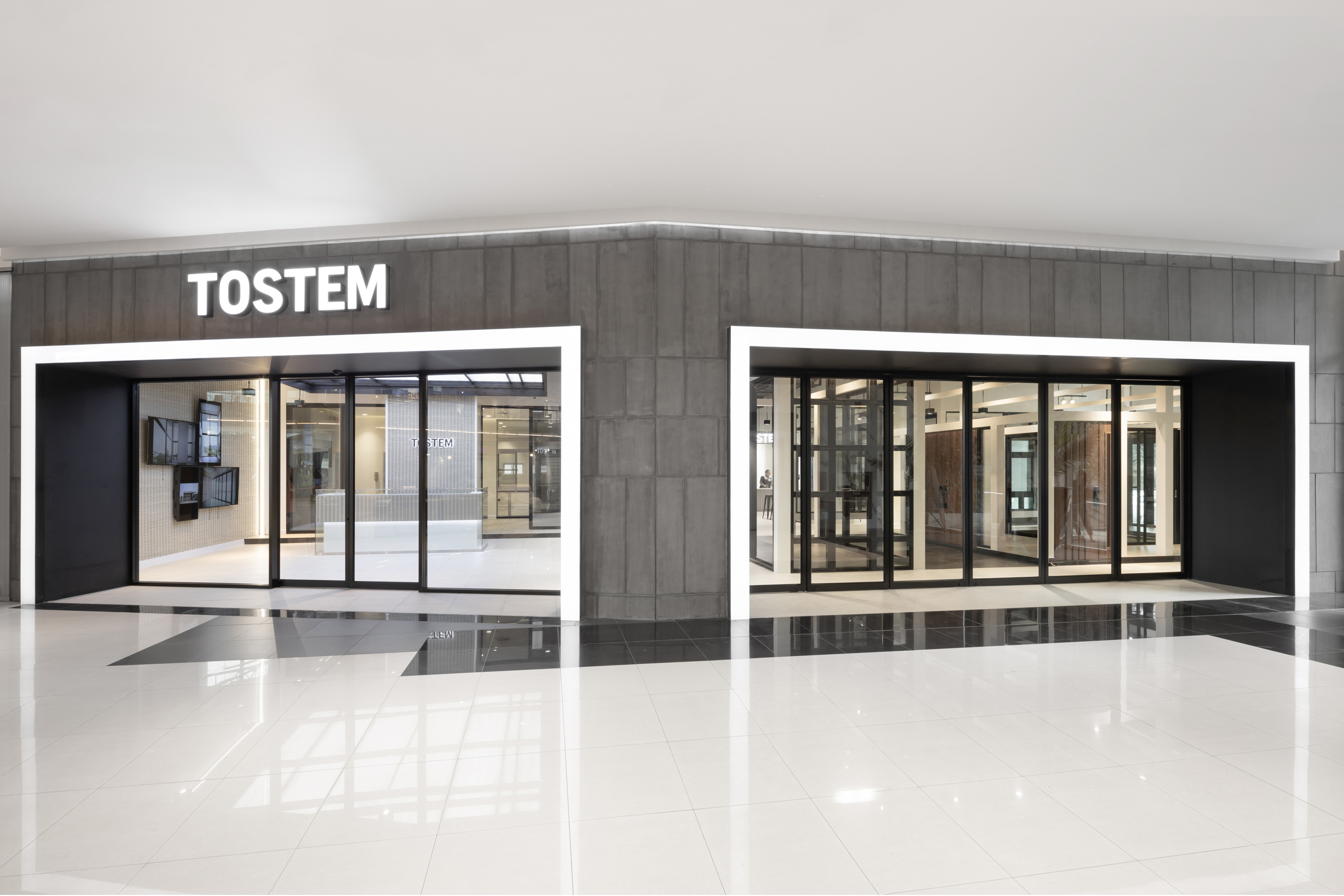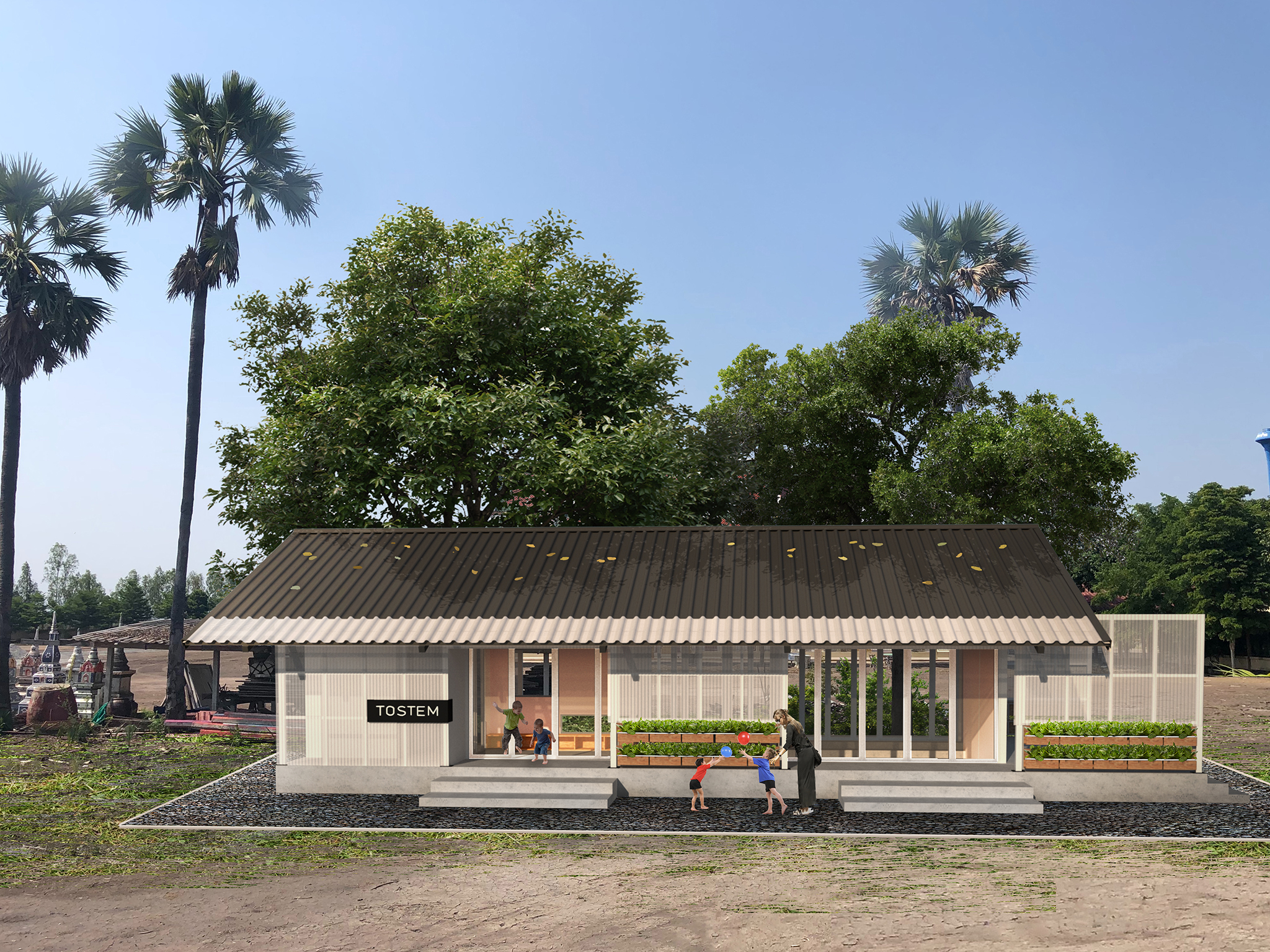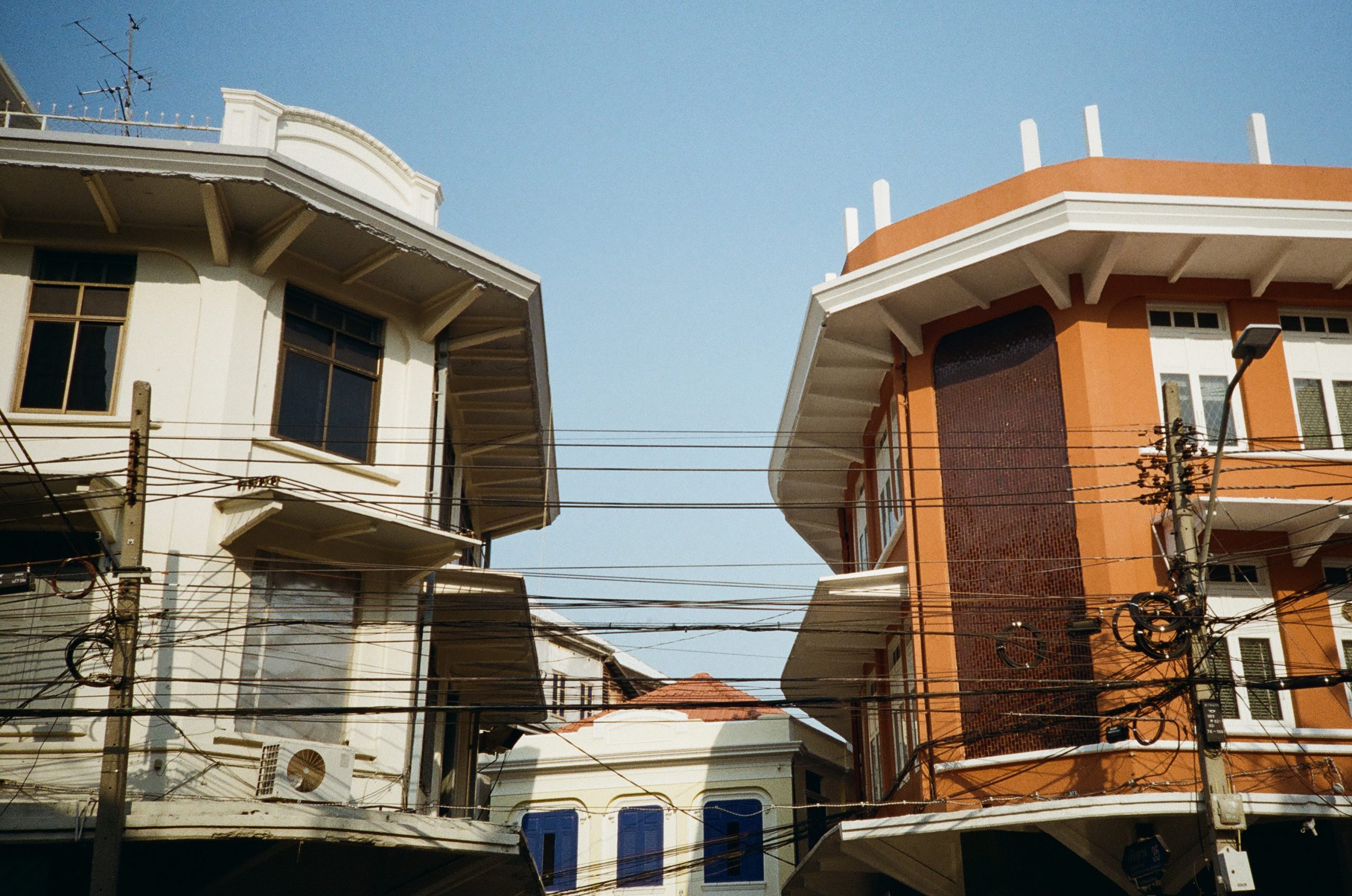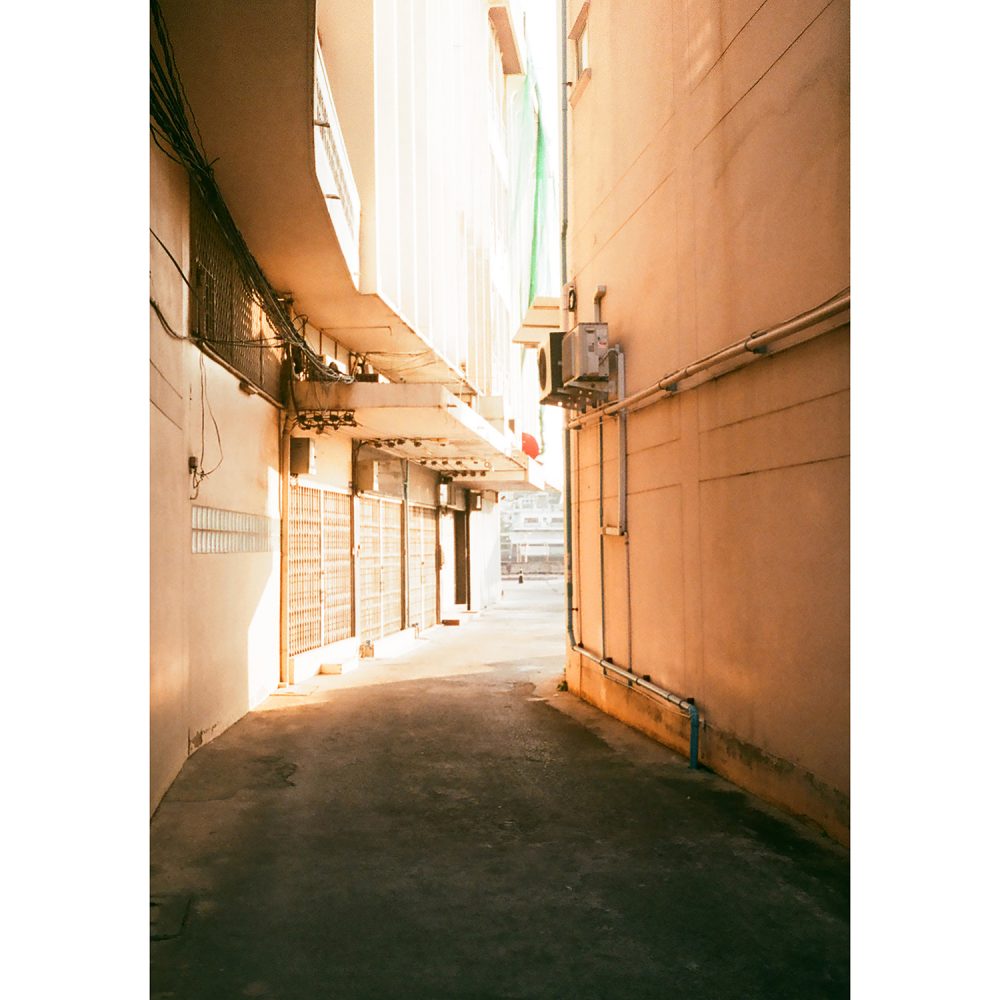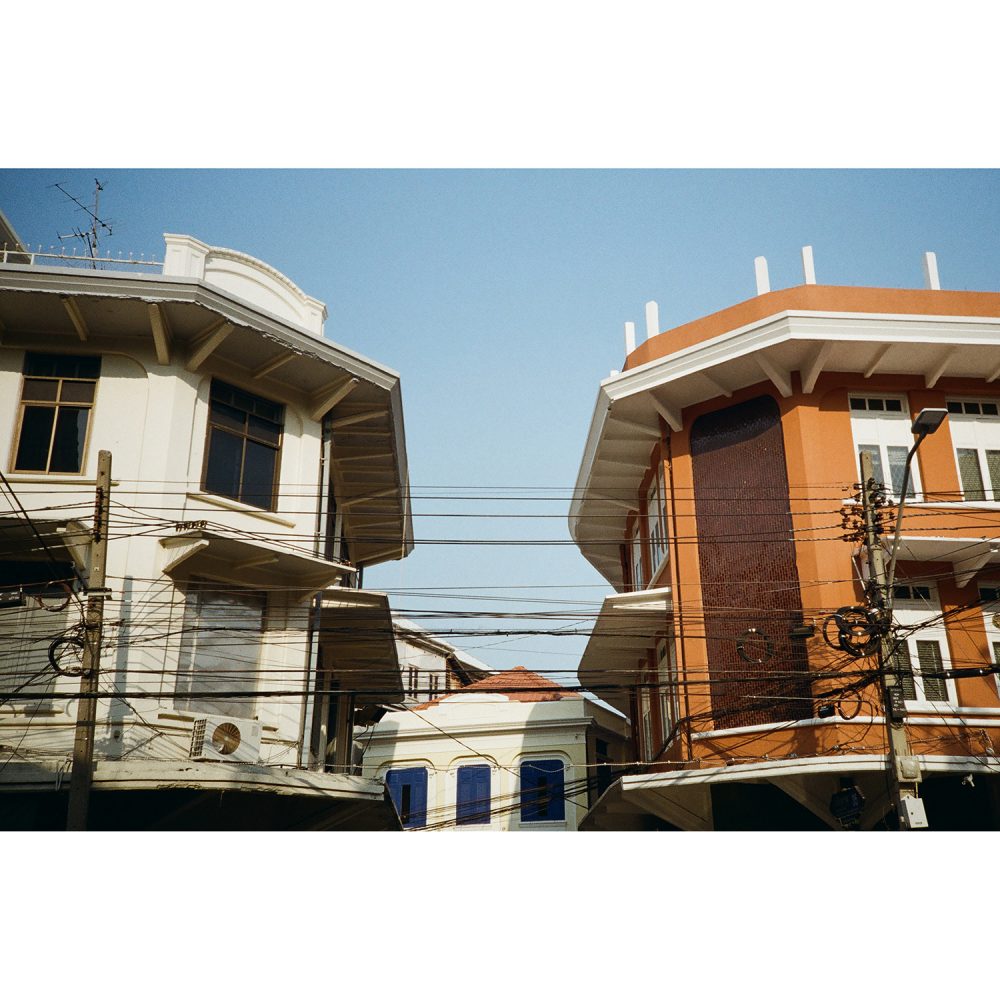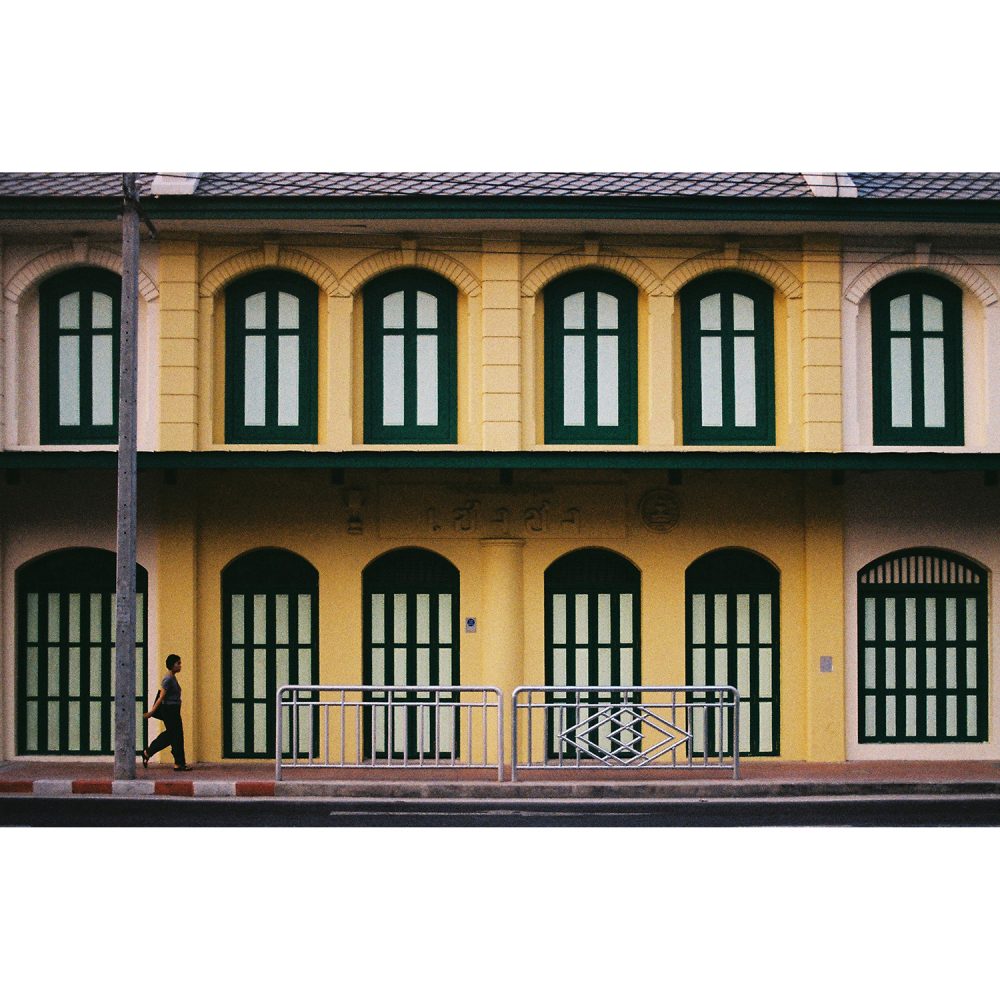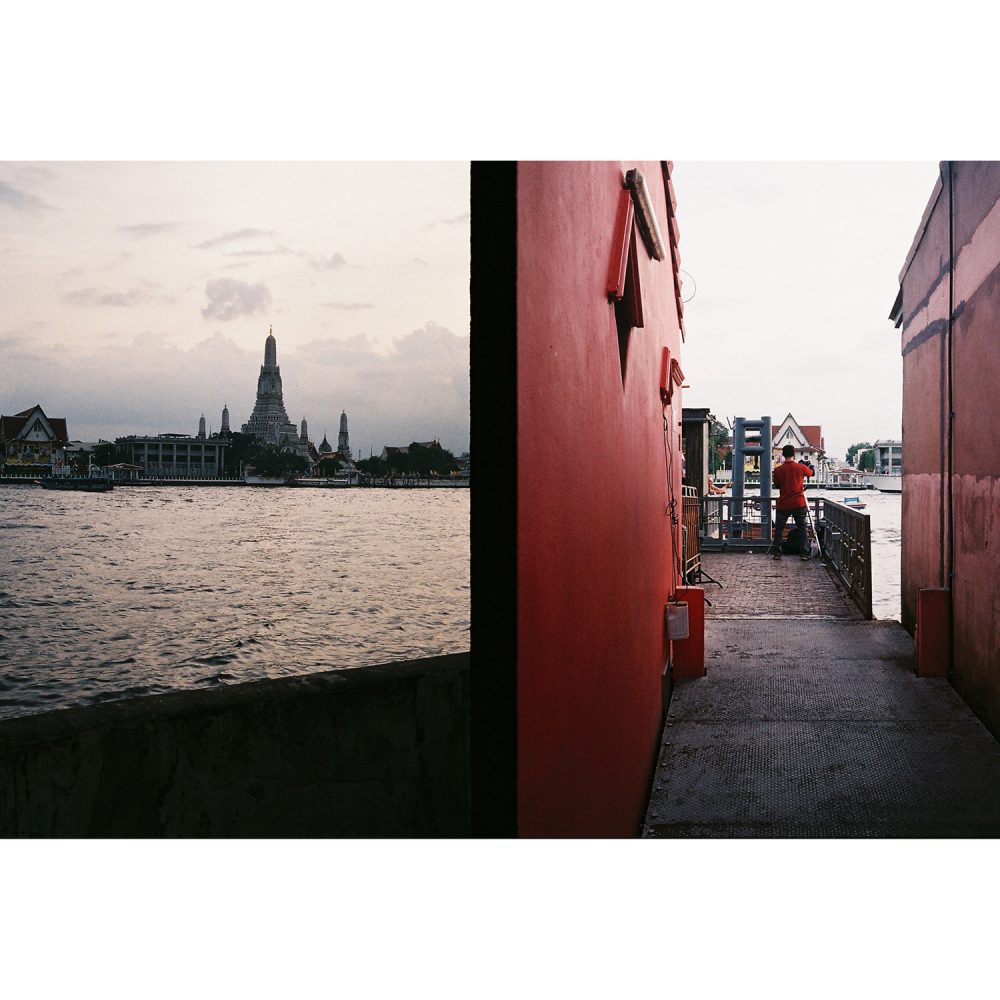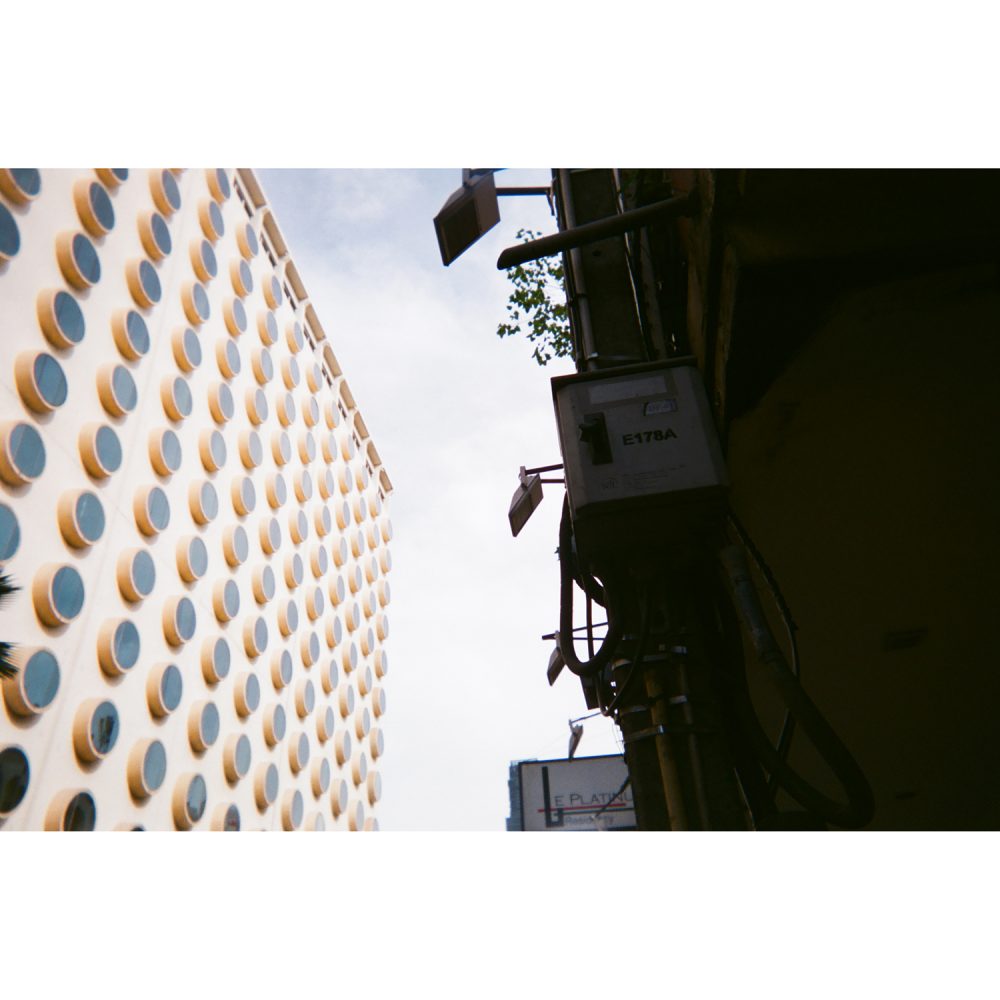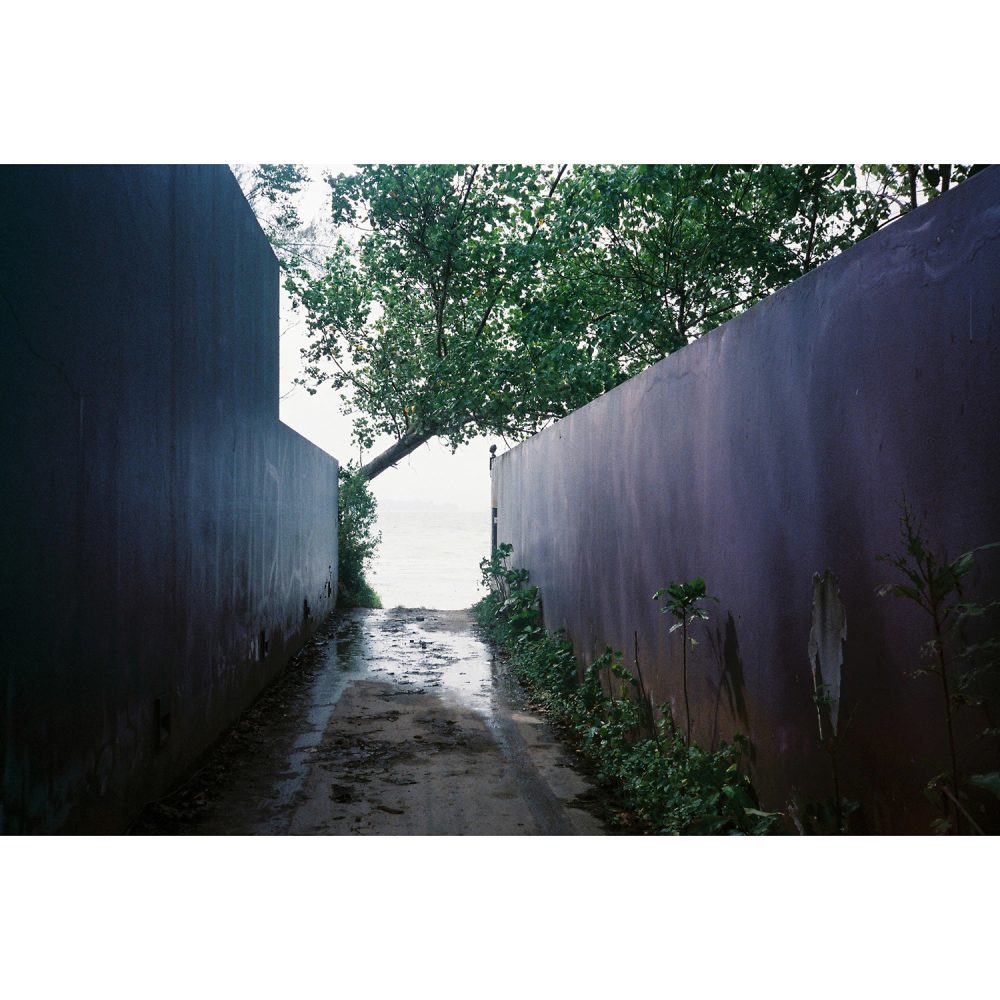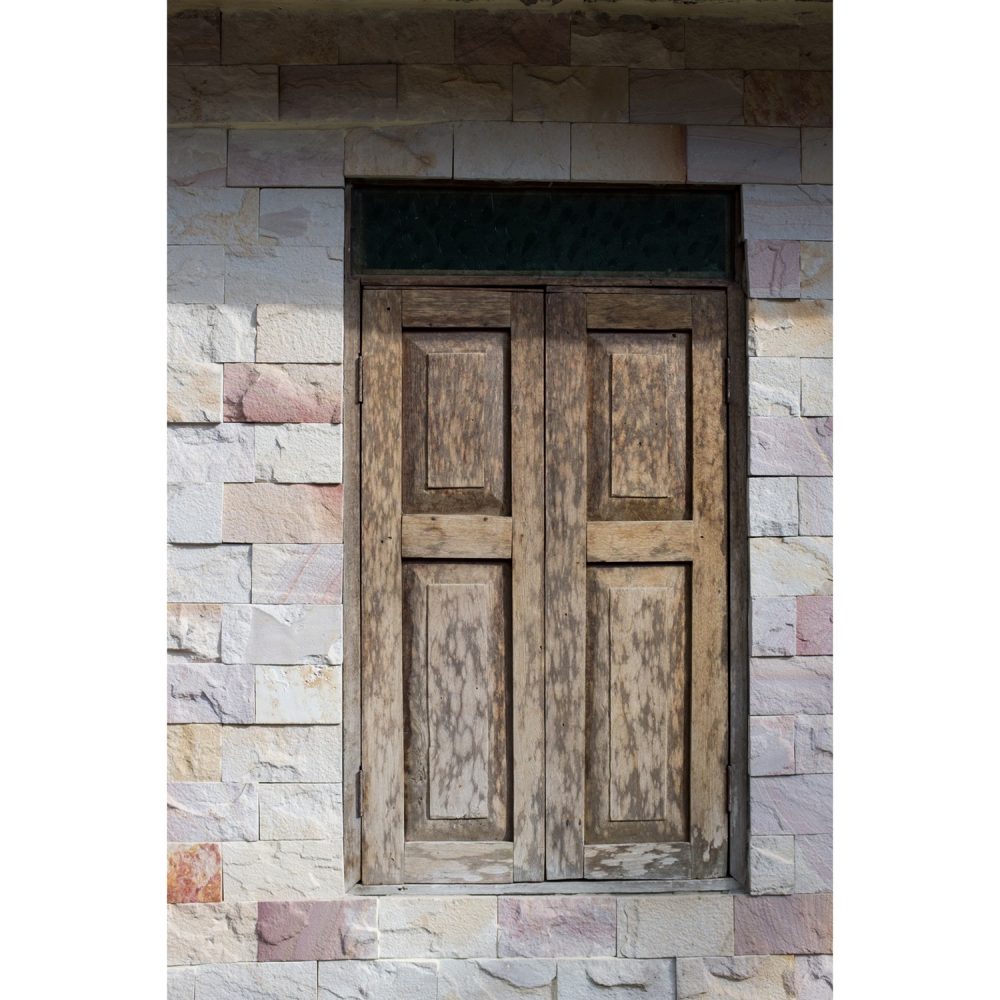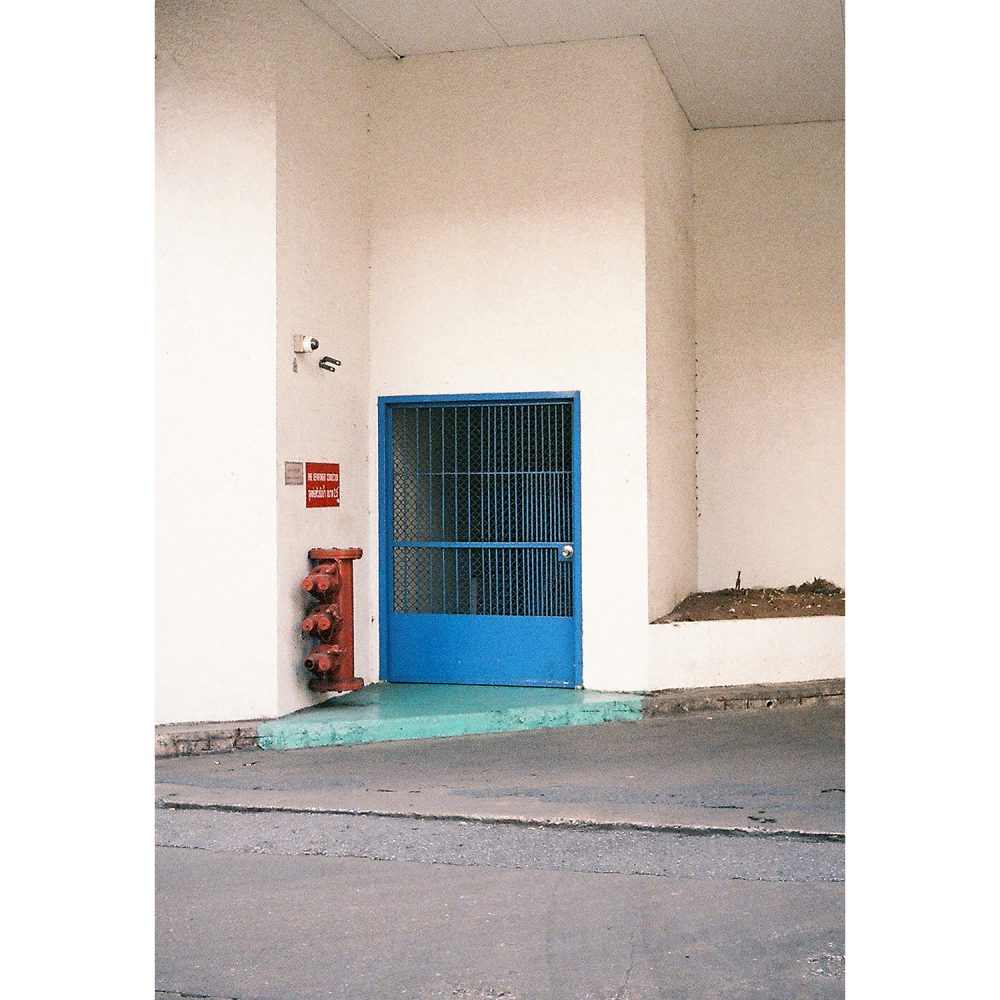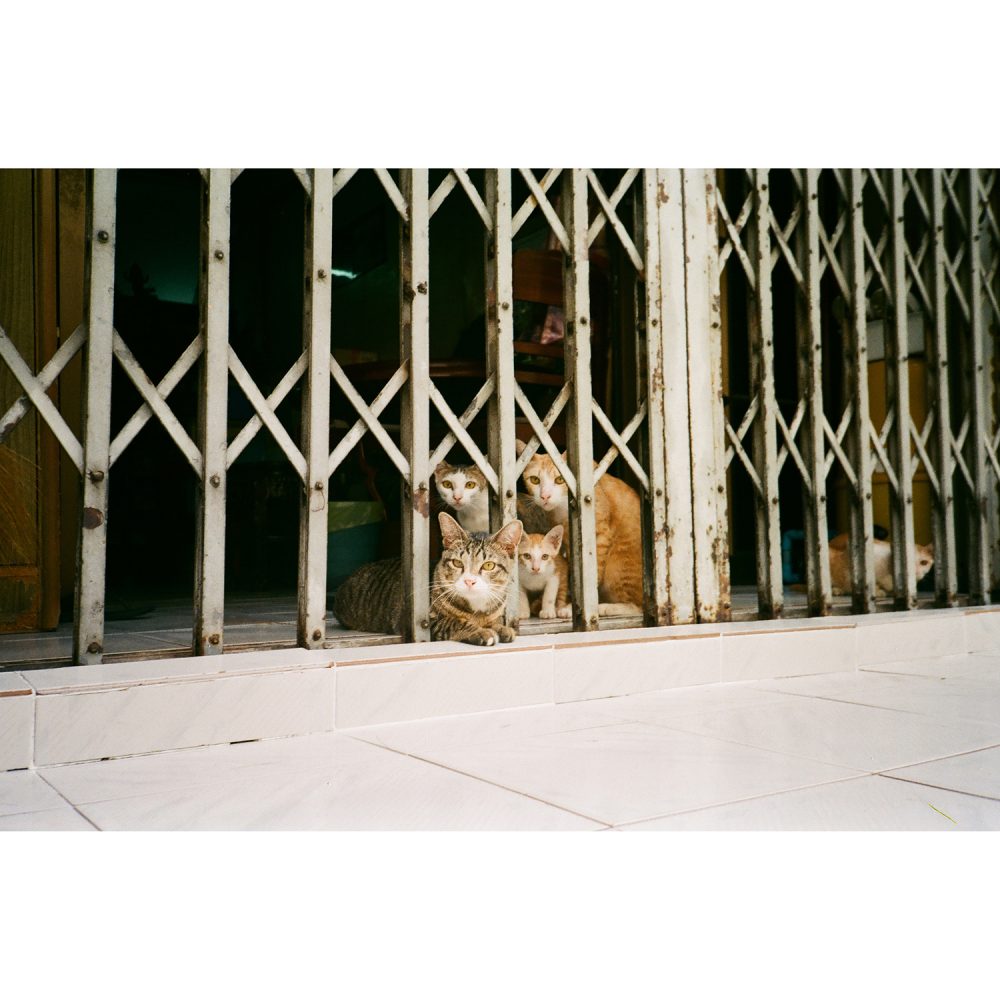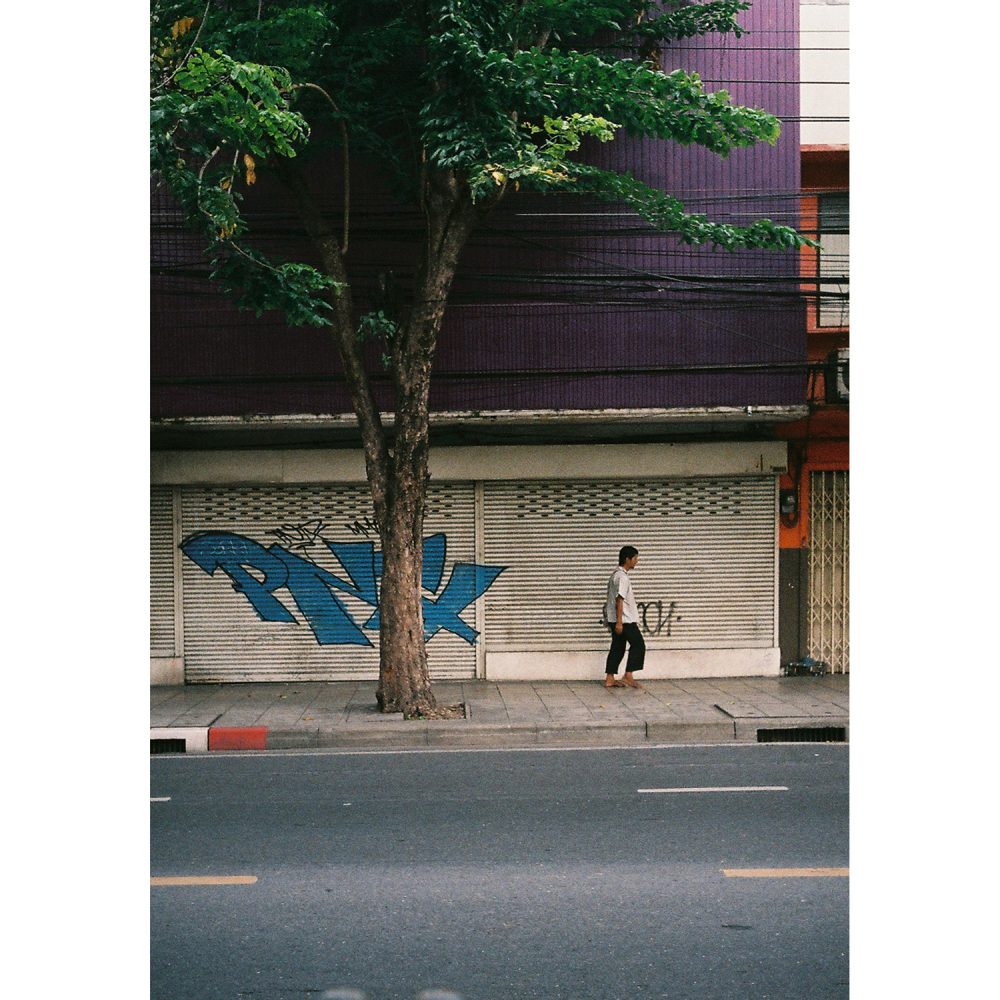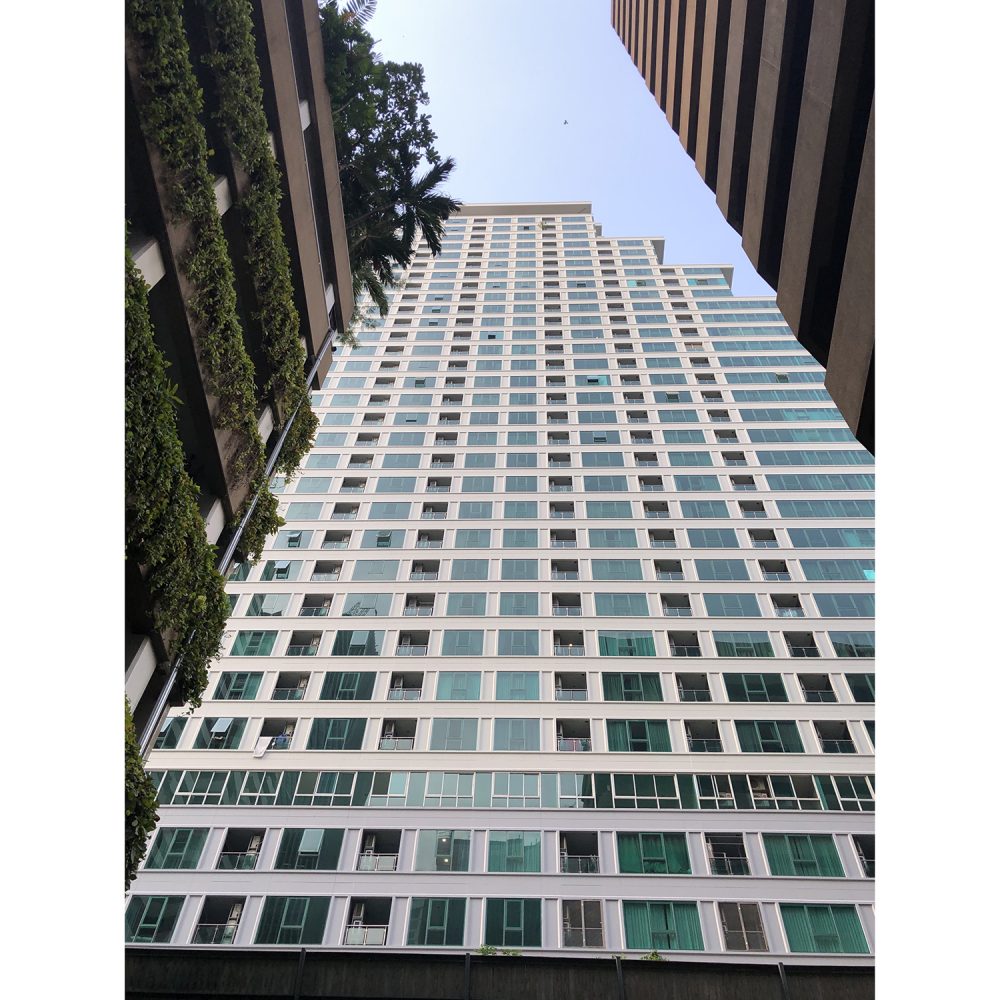Tag: TOSTEM
THE BEGINNING OF TOSTEM CLASSROOM
THE’ SAFE EXPLORER’ CONCEPT BECOMES THE INITIAL BRIEF THAT DOLATHEP CHETTY, ARCHITECT AND BEST OF THE SHOW WINNER OF THE DEGREE SHOWS 2018, USED FOR THE DESIGN OF THE TOSTEM CLASSROOM, DESIGN AND BUILT PROJECT SPONSORED BY TOSTEM THAILAND, FOR WAT SAWET SILARAM SCHOOL IN BANG SAI DISTRICT
Read More
TOSTEM BOOTH AT ACT FORUM’19
ART4D SPEAKS TO WICHA WORASAYUN, GENERAL MANAGER OF TOSTEM, LIXIL (THAILAND) PUBLIC COMPANY LIMITED., ABOUT THE DESIGN CONCEPT BEHIND TOSTEM’S BOOTH IN ACT FORUM’19 AS WELL AS THEIR PHILOSOPHY THAT LIES BEHIND EVERY TOSTEM PRODUCT
OPENING TO THE NEW POSSIBILITIES
TEXT: PAPHOP KERDSUP
PHOTO: WASAWAT DECHAPIROM EXCEPT AS NOTED
What do “voids” in architecture from different periods inform us?
In addition to societal and cultural developments, “voids”—including doors, windows, vertical and horizontal openings in architecture as well as framing with such elements as walls—reflect the relationship between people and our environments, such as climate, use of space = and particularly natural light.
In the past, the wall-bearing structure in Thai architecture caused limitation in the size of voids, like walls of the Buddhist temple’s main hall and commercial buildings in their early days. This made our feelings towards light and darkness in the past differ from that today. Actually, we might have become more accustomed to the beauty in the shadows that felt more ambiguous than the complete clarity in front of our eyes.
In the latter half of the 20th century, modern construction technology started to enable people to bring the lights into our everyday living, thanks to the large glass windows and doors, especially for TOSTEM’s quality aluminium-framed ones. Thai people’s experience of lights has changed accordingly. With natural sunlight during the daytime and artificial light at night, we are now appreciating the aesthetics of light more than ever.
As architecture has been evolving until the present time, our experience of space starts to diversify. The familiarity caused by “voids”, which have changed from one period to another, makes us see the world around us with different perspectives. Framed images we see through windows, for example, are as appealing as that of an architecture accidentally framed by sidewalk walls while walking around Bangkok.

